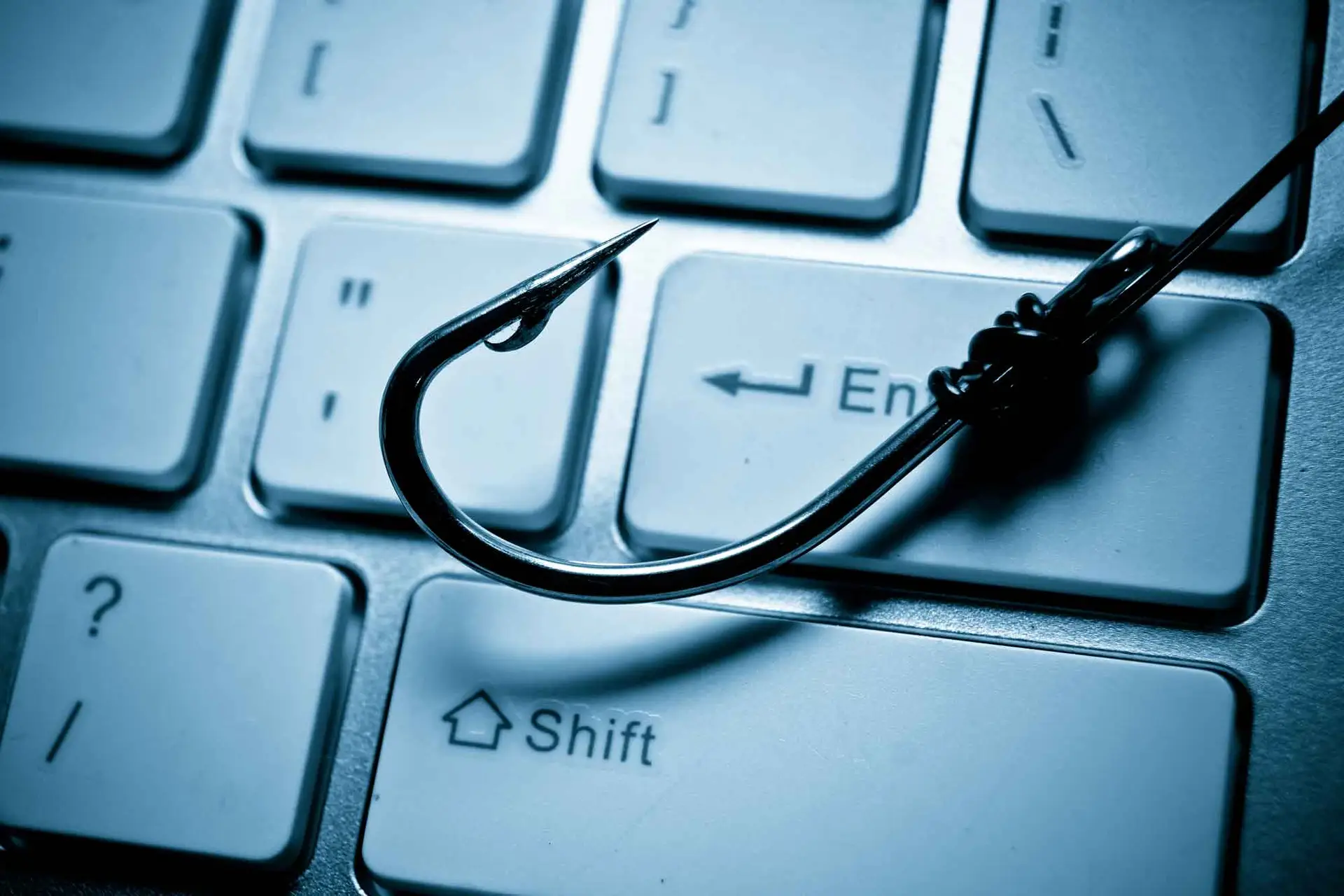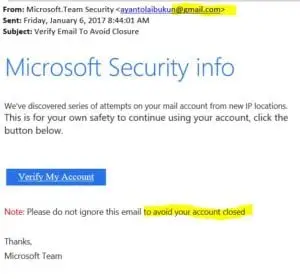Security threats come in various forms and from many different directions. You’ve probably heard of viruses, trojans, keyloggers and ransomware. Want to know what many of these threats have in common? They can all be the result of phishing attacks.
Bad actors use bait – usually in the form of a seemingly legitimate email, file attachment or link — to “phish” for victims. These emails can be incredibly hard to tell as they often mimic legitimate emails that you receive on a regular basis. Because this bait is usually spread via email, it’s hard for security software to filter out. That’s what makes it so scary.
Even if you have security software, phishing is a serious threat, one that can expose you to ransomware. Here's how to avoid these dangerous emails.
- Sender | Do name and address look phishy?
- Greeting? | Is the email to you or a general “customer”?
- Email Content | Does it appear phishy or push you toward an action or request info? Bad Grammar and spelling?
- URL | Hover mouse over URL, does it look phishy?
- When in doubt, delete | If you’re not sure about the sender and getting a phishy feeling, just delete.





 Without spending more than a few seconds you can see this came from a gmail account and also had grammar issues. These are quick identifiers to show they are not legit. Microsoft would never send you a message from gmail. There are also other clues… if you hover over the “Verify My Account” link without clicking it revels a URL to a foreign server not a Microsoft domain.
Without spending more than a few seconds you can see this came from a gmail account and also had grammar issues. These are quick identifiers to show they are not legit. Microsoft would never send you a message from gmail. There are also other clues… if you hover over the “Verify My Account” link without clicking it revels a URL to a foreign server not a Microsoft domain.